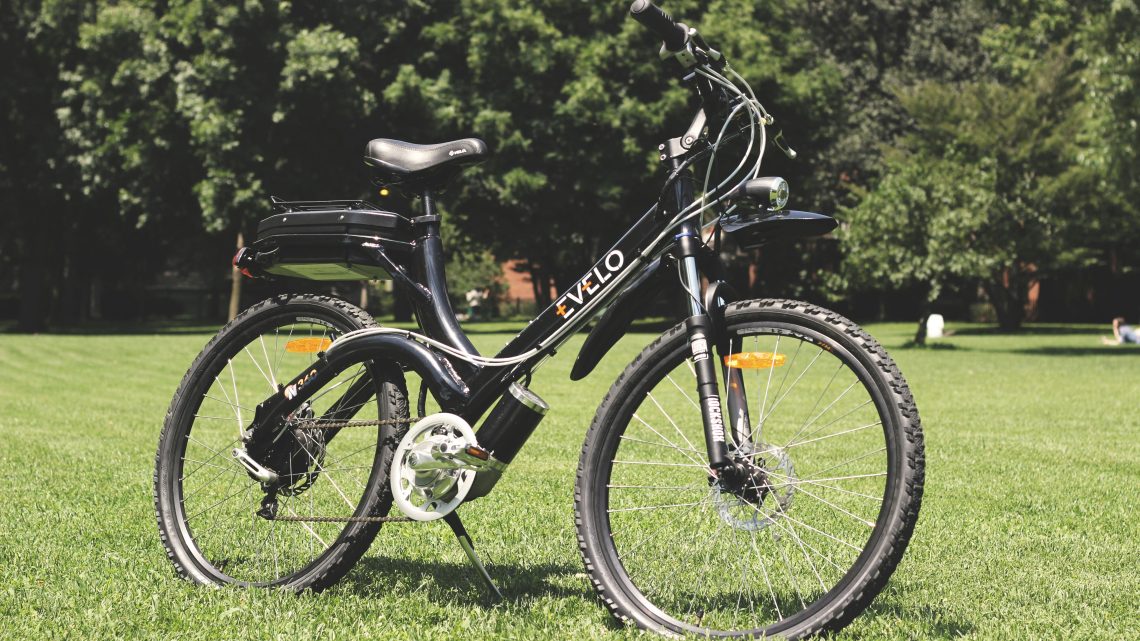From commuters to teenagers, e-bikes have revolutionized urban environments and have started replacing traditional bicycles in many communities. In recent years, e-bikes have surged in popularity and so have the number of e-bike accidents that occur year after year.
With e-bike-related injuries becoming commonplace, it poses the question: are electric bikes more dangerous than traditional bicycles?
What is an E-bike?
To be considered an e-bike, it must have two to three wheels, pedals, and an electric motor rated below 750 watts. Most e-bike manufacturers have developed a three-tier system that classifies the levels of riding into three sections.
- Class 1 & 2: These classifications allow the bike to go a max of 20 mph and are accessible to riders under the age of 16 in most states.
- Class 3: This classification is common amongst commuters, can go up to 28 mph, and is accessible to riders over the age of 16 in most states.
This system has been largely followed by many states, but it is not part of any official federal or state regulations regarding e-bikes.
E-bike Safety Concerns and Risks
While increased technology can lead to safer machinery, studies have actually shown the opposite effect for e-bikes. According to a study conducted by the United States Consumer Product Safety Commission’s National Electronic Injury Surveillance System (NEISS), e-bike riders are more likely to suffer from internal injuries than regular bikers. The study also found:
- E-bike accidents were three times as likely to result in a concussion
- 17% of e-bike riders suffered from internal injuries compared of 7.5% of pedal bikes
- The highest number of people injured were older, averaging around 31 years old
What Makes E-bikes Unsafe?
Proper Gear
According to NPR, a study conducted on e-bike injuries and hospitalizations found that 44% of e-bike riders don’t wear a helmet. Not wearing proper safety gear while riding at high speeds greatly increase your risk of injury and could cause serious or permanent damage.
Speed
Research by the AAA Foundation for Traffic Safety also found how impact speed can affect pedestrians when hit by a vehicle. They found that the average risk of severe injury for a pedestrian reaches 10% at 16mph and increases to 25% percent at 23 mph.
Most manufacturers create a mechanism that sets the maximum speed to 20 mph, but it can be easily overridden by cutting a cord or changing the speed limit on an app.
Design & Maintenance
Besides the rider’s role, manufacturers also play a significant role in e-bike safety. A number of e-bike manufacturers have issued recalls for safety issues on their products, such as loosened handlebars, brake failures, and battery fire hazards.
To decrease your risk of injury, here’s what you can do:
- Always be present when charging the battery
- Before riding, check for damage and proper tire pressure
- Always wear a helmet and be aware of your surroundings
How to Prevent Injury
E-bikes are an economical means of travel that has monopolized the market in recent years. Subsequently, reported e-bike injuries have skyrocketed and the injuries tend to be more severe than pedal bike-related injuries. If you are interested in owning or already own an e-bike, read these tips on how to stay safe while riding.
First, always wear protective safety gear, such as a helmet. Check for damage on your powered bike before you ride and frequently check that your brakes, handlebars, and seats are working properly. To prevent battery-related fires, only use the charger provided with your e-bike and follow the manufacturer’s instructions for plugging and unplugging. You can also apply for e-bike insurance to cover theft or damage.
What to Do if You Are Injured
If you do find yourself in an e-bike accident, seek medical advice from your doctor. Plus, according to Nashville personal injury attorneys at Selvidge Injury Law, you may be entitled to compensation for an e-bike accident.




No Comment